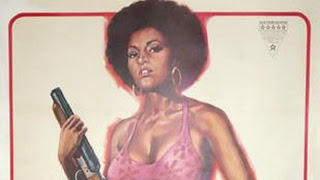October Plan at Midterm
1 Entrance Card. American and International Cinema in the 1960s.
- The End of the Studio System
- The French New Wave
Comparison and contrast activity.
Midterm review game.
Read chapter 14 in Flashback for Tuesday, October 8 and prepare for Midterm.
3 Film Screening: Cleo from 5 to 7 (Dir. Agnes Varda, 1962). Take notes on narrative and style in film log.
8 Midterm. Film Log due (can use on Midterm)
- American Cinema in the 1970s--The Blaxploitation Film.
- Introduce Group Wiki Presentations and Wikispaces.
Read chapter 15 in Flashback and prepare for Entrance Card.
10 Film Screening: Coffy (Dir. Jack Hill, 1973). Take notes on narrative and style in film log.







